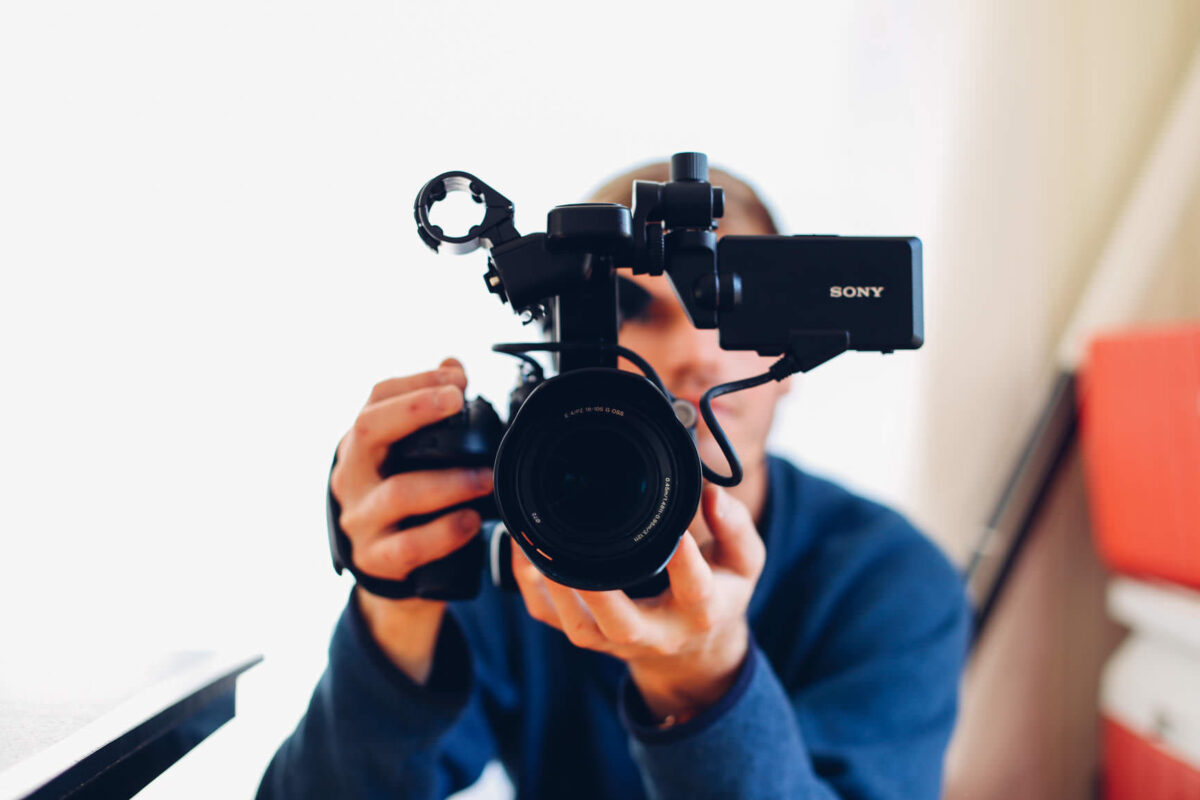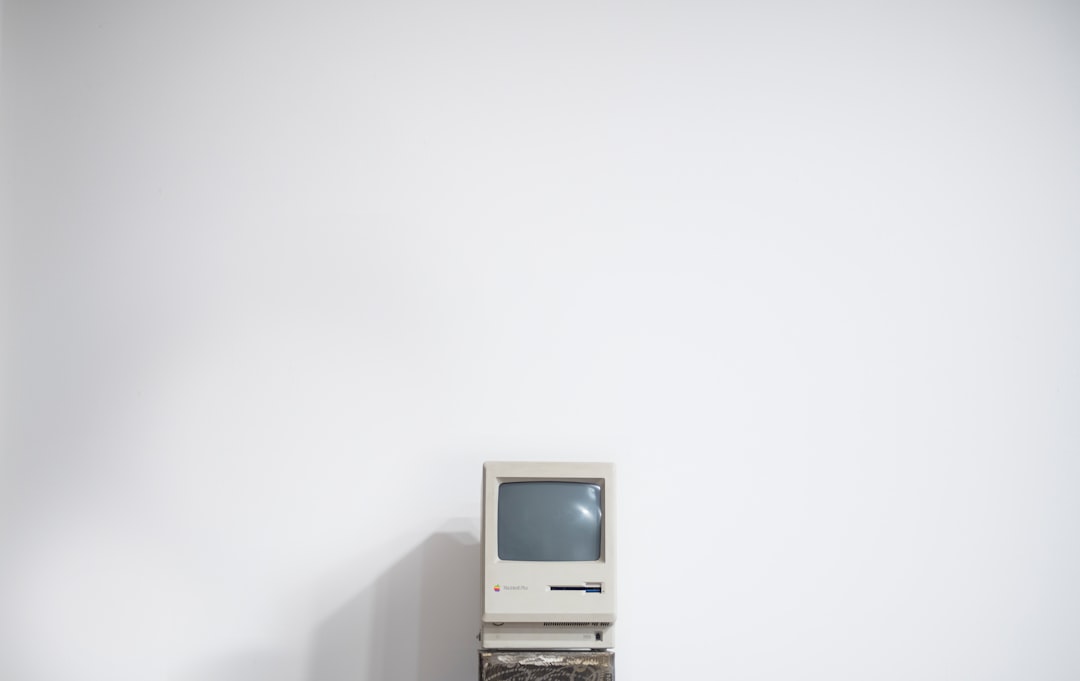So much has been said in the past few weeks since the death of George Floyd that any additional words would be wasted. So, let me get to the point.
As we see protests in America and around the world, I feel the need to act.
To that end, I am personally committing to three items.
I am, as suggested by Cait Hutsell, going to begin doing this work in public. And, I am taking a stance similar to those offered by many professional organizations to which I belong including the National Council of Teachers of English, the Michigan Council of Teachers of English, the National Writing Project, the International Society for Technology in Education, and the International Literacy Association. I also just joined (for free) and made a donation to Teaching Tolerance through the Southern Poverty Law Center.
First, as a white educator who has enjoyed privileges brought from institutional racism, I will join this call to action from my colleagues Shawna Coppola and Kate Roberts to support #EducatorEquity. This echos a similar call from Shelbie Witte, and is imperative as we consider the voices of educators of color.
Last winter, a group of colleagues, led by @teachkate, created & developed this pledge in a small effort to promote greater inclusivity among and w/in education conferences, panels, & other similar events.
Please join us in committing to this work. It’s past due time. pic.twitter.com/iyy43zV5PV
— Shawna Coppola (@ShawnaCoppola) May 5, 2020
In all future PD contracts for events that include multiple speakers, such as literacy conferences or webinar series, I will ask the organizers to ensure that they have contracted with at least one other educator of color, and will recommend colleagues from this list, “#POCPD: People of Color in Education PD Directory,” curated by my Educator Collaborative colleague, Julia Torres.
Second, in addition to taking up this pledge, I will begin sessions — even virtual ones — with an indigenous land acknowledgement like this one from my employer, Central Michigan University, and read the introduction from this NCTE blog post, “Being an Anti-Racist Educator Is a Verb.” These two actions will take only moments, yet will continually reaffirm my commitment to social justice education and a stance of anti-racism.
Third, I have signed on to our CMU Faculty Association’s call to commit to anti-racism, led by my English Department colleagues Carlin Borsheim-Black and April Burke. Both of these educators were schedule to deliver talks at a Chippewa River Writing Project (CRWP) event this spring, which was cancelled due to COVID closures, and I will work to get them reconnected with our site’s work as soon as possible.
That’s all.
For now.
We all have work to do, and I need to get started. This morning is our first CRWP event now that I have taken this pledge, and I need to prepare my opening words before we begin writing into the day.
Photo by Joan Villalon on Unsplash

This work is licensed under a Creative Commons Attribution-NonCommercial-ShareAlike 4.0 International License.







